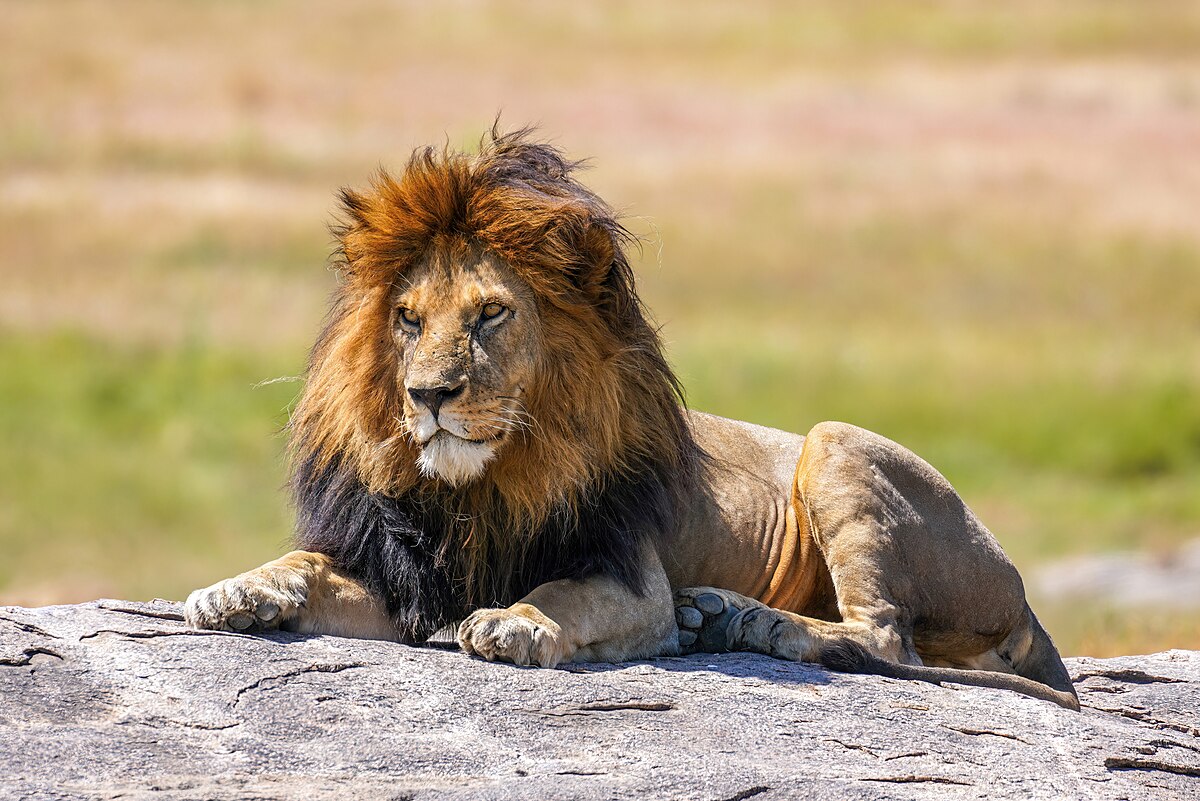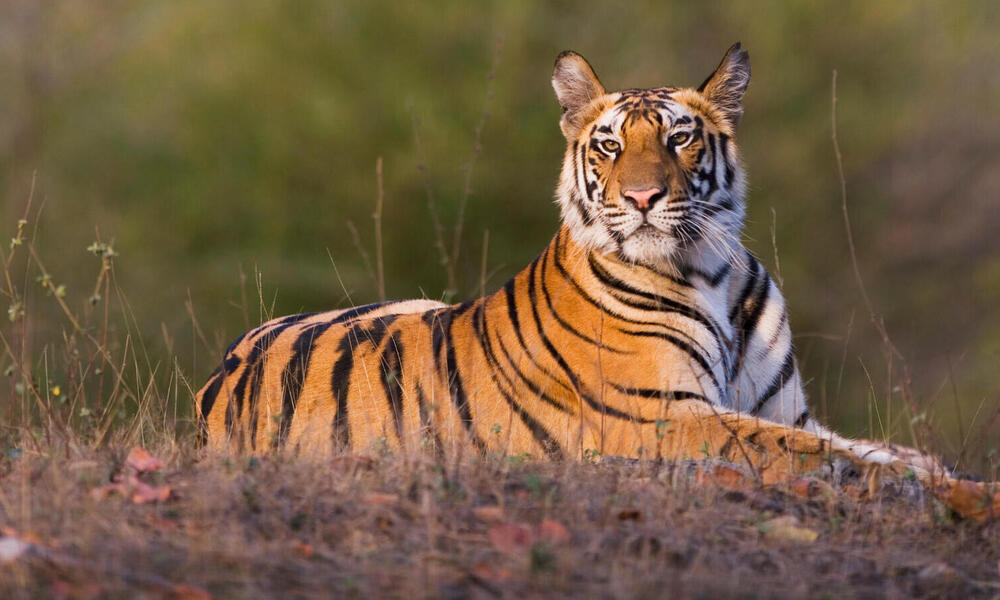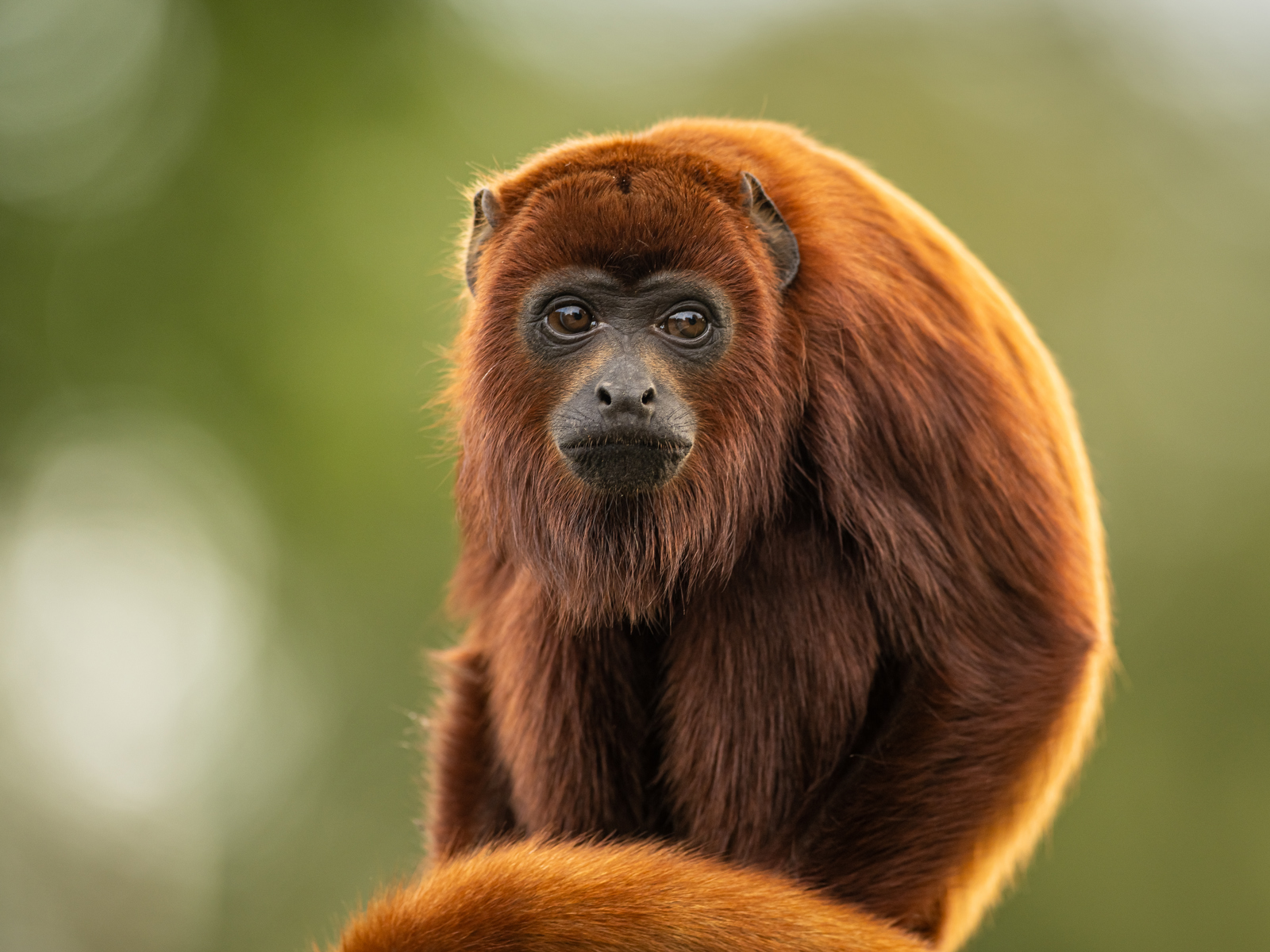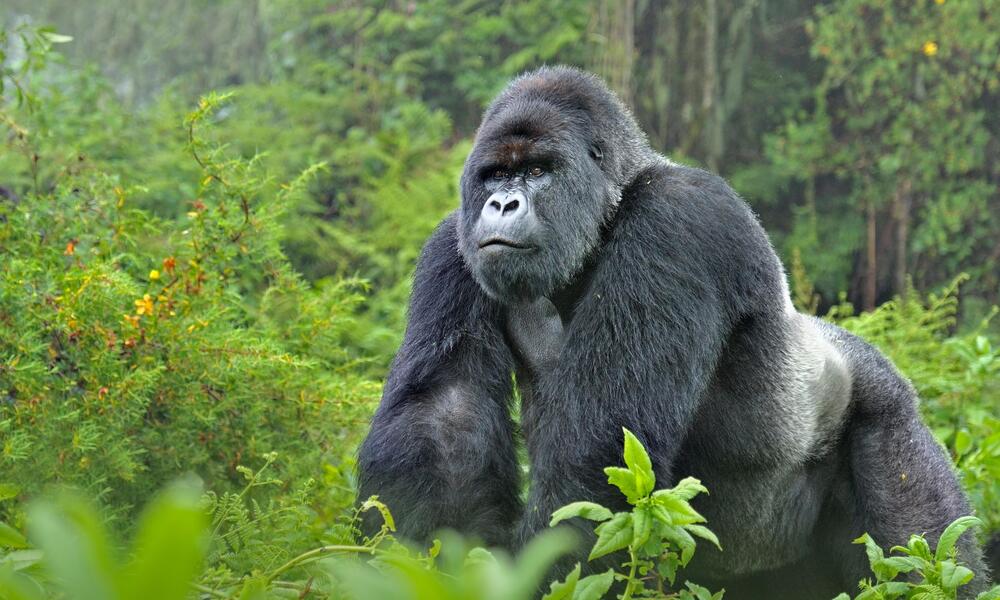

 |
 |
| WILDLIFE | ADVENTURE | FEEDBACK |
.png) |
 |
| Elephants are the largest land animals on Earth, with African elephants growing up to 12,000 pounds. These highly intelligent mammals are known for their strong memories, emotional depth, and complex social structures. There are two main species: African elephants, which have large ears shaped somewhat like the continent of Africa, and Asian elephants, which are smaller with rounded ears. Elephants live in matriarchal herds, led by the oldest female, and show behaviors such as grief, cooperation, and empathy. Their trunks are incredibly versatile, with over 40,000 muscles, allowing them to pick up tiny objects, drink water, and communicate through touch and sound. Elephants also use low-frequency rumbles (infrasound) to communicate across long distances. Unfortunately, elephants face serious threats from poaching and habitat loss, and both species are under pressure in the wild. | Foxes, , are much smaller and are part of the dog family (Canidae). The most common species is the red fox, known for its reddish fur, bushy tail (often called a "brush"), and clever behavior. Foxes are highly adaptable and can live in a variety of environments, including forests, grasslands, deserts, and even urban areas. They are solitary hunters and are most active at dawn and dusk, feeding on small mammals, birds, insects, and fruits. Foxes communicate using a variety of vocalizations, body language, and scent markings. They’re also known for being cunning and resourceful—traits often highlighted in folklore and mythology around the world. While foxes are not endangered globally, some local populations face threats from habitat destruction, hunting, and disease. |
 |
 |
Lions are powerful big cats native primarily to the grasslands and savannas of Africa, with a small population also found in India’s Gir Forest. They are unique among big cats for being social animals, living in groups called prides that usually consist of related females, their cubs, and one to three males. Lions are known for their loud roars, which can be heard up to 5 miles (8 kilometers) away, and for the male's distinctive mane, which varies in color and size. Females do most of the hunting in coordinated groups, targeting large herbivores like zebras and wildebeests. Lions are apex predators, but they rest or sleep for up to 20 hours a day. Despite their iconic status, lions are listed as vulnerable due to threats such as habitat loss, human-wildlife conflict, and decreasing prey availability. |
Tigers are the largest species of big cats and are known for their striking orange coats with black stripes, which help them blend into forested environments. They are solitary and territorial animals, often living alone and marking large areas of land with scent and scratch marks. Tigers are found mainly in Asia, including countries like India, Russia, China, and parts of Southeast Asia. They are excellent swimmers and often cool off or hunt near rivers and lakes. Unlike lions, tigers hunt alone, stalking and ambushing prey such as deer, wild boar, and even buffalo. Tigers are powerful and stealthy predators, but many subspecies—like the Sumatran and South China tigers—are critically endangered. Habitat destruction, poaching for body parts, and loss of prey have caused tiger numbers to decline dramatically in the wild. |
 |
 |
| Monkeys are a diverse group of primates found in many parts of the world, especially in tropical rainforests, savannas, and mountainous regions. There are over 260 species of monkeys, generally divided into two groups: Old World monkeys, which live in Africa and Asia (like baboons and macaques), and New World monkeys, which live in Central and South America (like capuchins and howler monkeys). Most monkeys are social and live in troops, using complex vocalizations, facial expressions, and body language to communicate. Many species are excellent climbers and spend much of their time in trees, though some, like baboons, spend more time on the ground. Monkeys are intelligent, curious, and use tools in the wild. Their diet is typically omnivorous, including fruits, leaves, insects, and sometimes small animals. Unfortunately, many monkey species are threatened by deforestation, hunting, and the illegal pet trade. | Gorillas are the largest primates and are closely related to humans, sharing about 98% of our DNA. Native to the forests of central Africa, gorillas are divided into two main species: eastern gorillas (which include the famous mountain gorillas) and western gorillas. They are primarily herbivorous, feeding on leaves, stems, fruit, and bamboo. Gorillas live in family groups led by a dominant male called a silverback, named for the silvery fur that appears on his back as he matures. These groups are peaceful and social, relying on vocalizations, gestures, and facial expressions to communicate. Despite their intimidating size and strength, gorillas are generally gentle and shy. They are critically endangered due to habitat loss, poaching, disease, and conflict with humans. Conservation efforts, including protected reserves and anti-poaching measures, have helped some populations begin to recover. |
| NATURESCOPE@HOTMAIL.COM |  |
 |